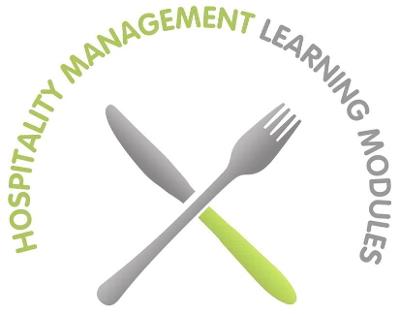Hospitality Management Learning Modules
25 total works
About this Module:
Restaurant companies are often known for the delicious food they serve their customers, but the benefits they present to investors can be even tastier. This module presents restaurant companies in the context of those financial opportunities. Emphasis is placed on publicly traded firms, though additional commentary is offered as it relates to the public offering of previously unlisted firms and to the privatization of formerly public companies. Fundamentally, this module will outline a variety of models - both quantitative and qualitative in nature - that analysts can use to develop preliminary valuations of restaurant firms and their stock offerings within the public exchange market.
About this module:
About this module:
About this module:
About this module:
About this module:
About this module:
About this module:
About this module:
Recognizing the central importance that cultural life, the arts, and the food and beverage programs that service them are crucial in the development of the new economy across the United States and around the globe. As cities position themselves in this new global climate, cultural centers will retain and attract the creative young people needed to power the new economy. The purpose of this module is to present information to help educate the importance of these operations and their changing roles.
This module is part of the "Food and Beverage Management" curriculum, which is built around nine clusters:
Introduction
Special Segments and Operations
Responsible Food Service
Marketing and Entrepreneurship
Menu Planning
Facility Planning
Service Procedures
Process and Revenue Management
F&B Control Procedures
About this module:
About this module:
F&B Module 61
by Peter Szende, Curry Hilton, Daniel Parmet, and Timothy Smith
About this module:
This module will explore differing price structures in the restaurant industry and the managerial tradeoffs made in selecting the optimal structure to fit specific restaurant situations. Firms create effective pricing structures based on economic and marketing factors including target market selection, costs, market segmentation, customer behavior, etc. Understanding the unique market structures and cost structures associated with each price structure facilitates the design of the pricing structure which maximizes profit and customer traffic. Dominant price structures that will be examined include a la carte, Buffett, Fixed Price Menu, Tiered, and Pay What You Want, as well as their derivative price structures of Add-on and Two-Part Tariffs. Students will learn the details of these pricing structures to enable managerial decisions and guide restaurant policy.
This module is part of the "Food and Beverage Management" curriculum, which is built around nine clusters:
Introduction
Special Segments and Operations
Responsible Food Service
Marketing and Entrepreneurship
Menu Planning
Facility Planning
Service Procedures
Process and Revenue Management
F&B Control Procedures
About this module:
About this module:
About this module:
About this module:
About this module:
About this module:
About this module:

